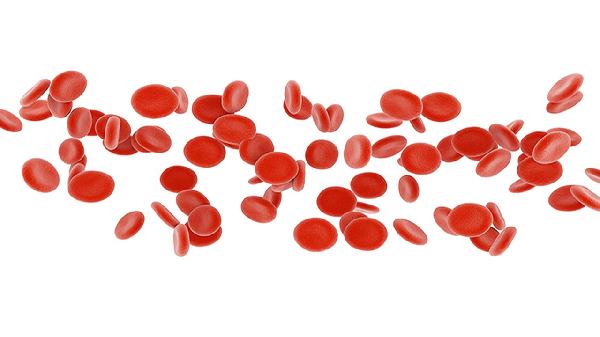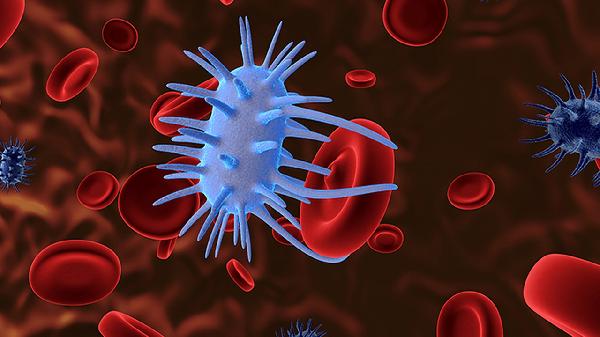The high average width of red blood cells may be related to factors such as iron deficiency anemia, megaloblastic anemia, myelodysplastic syndrome, hemolytic anemia, and chronic liver disease. The average width of red blood cells is an indicator in blood routine examination, reflecting the degree of difference in red blood cell volume size. An increase in the value indicates uneven red blood cell size.

1. Iron deficiency anemia
Due to insufficient hemoglobin synthesis, patients with iron deficiency anemia will have compensatory release of smaller volume of newly formed red blood cells and larger volume of immature red blood cells from the bone marrow, resulting in an increase in the average width of red blood cells. Typical symptoms include pale complexion, fatigue, and cracked nails. Iron supplements such as ferrous sulfate tablets, oral solution of iron dextran, and oral solution of iron succinate protein can be used for treatment, while increasing the intake of iron rich foods such as animal liver and lean meat.
2. Megaloblastic anemia
Vitamin B12 or folate deficiency can affect red blood cell DNA synthesis, leading to abnormally enlarged megakaryocytes in the bone marrow. This type of anemia is often accompanied by symptoms of glossitis and numbness in the hands and feet. Treatment requires supplementation of folic acid tablets and vitamin B12 injection, and daily consumption of green leafy vegetables and animal organs.
3. Myelodysplastic syndrome
Abnormal cloning of hematopoietic stem cells can lead to impaired red blood cell production, resulting in pathological red blood cells of varying sizes in peripheral blood. The patient may experience persistent fever and skin bruising. Hematopoietic function needs to be regulated through drugs such as decitabine injection and lenalidomide capsules, and in severe cases, hematopoietic stem cell transplantation is required.

4. Hemolytic anemia
Premature destruction of red blood cells in blood vessels or spleen, compensatory acceleration of immature red blood cell release from bone marrow, resulting in the coexistence of normal red blood cells and larger volume reticulocytes in the blood. Commonly seen in autoimmune hemolysis or hereditary spherocytosis, immunosuppressants such as acetate prednisolone tablets and cyclosporine soft capsules can be used.
5. Chronic liver disease
The decline in liver synthesis function can affect the lipid metabolism of red blood cell membranes, leading to abnormal red blood cell morphology. Cirrhotic patients may also experience splenic hyperfunction that exacerbates red blood cell damage. It is necessary to actively treat the primary disease and supplement with compound vitamin B tablets to improve metabolic abnormalities.

found that an increase in the average width of red blood cells should be judged comprehensively based on other blood routine indicators and clinical manifestations. It is recommended to avoid intense exercise that exacerbates hypoxia, ensure high-quality protein and vitamin intake, and regularly review blood routine to observe changes in indicators. If accompanied by symptoms such as dizziness and jaundice, timely medical attention should be sought from the hematology department, and if necessary, bone marrow puncture examination should be performed to determine the cause.








Comments (0)
Leave a Comment
No comments yet
Be the first to share your thoughts!